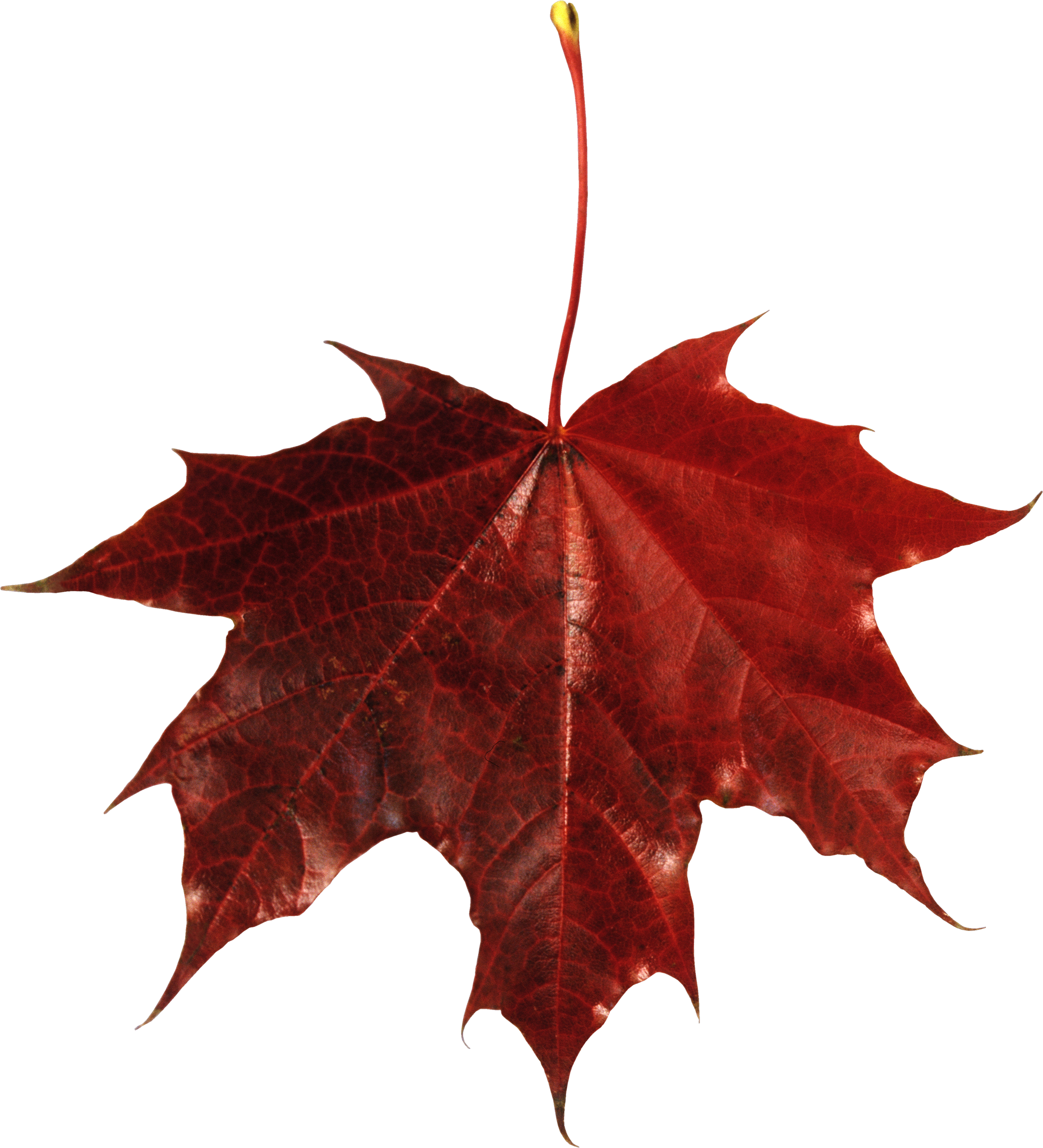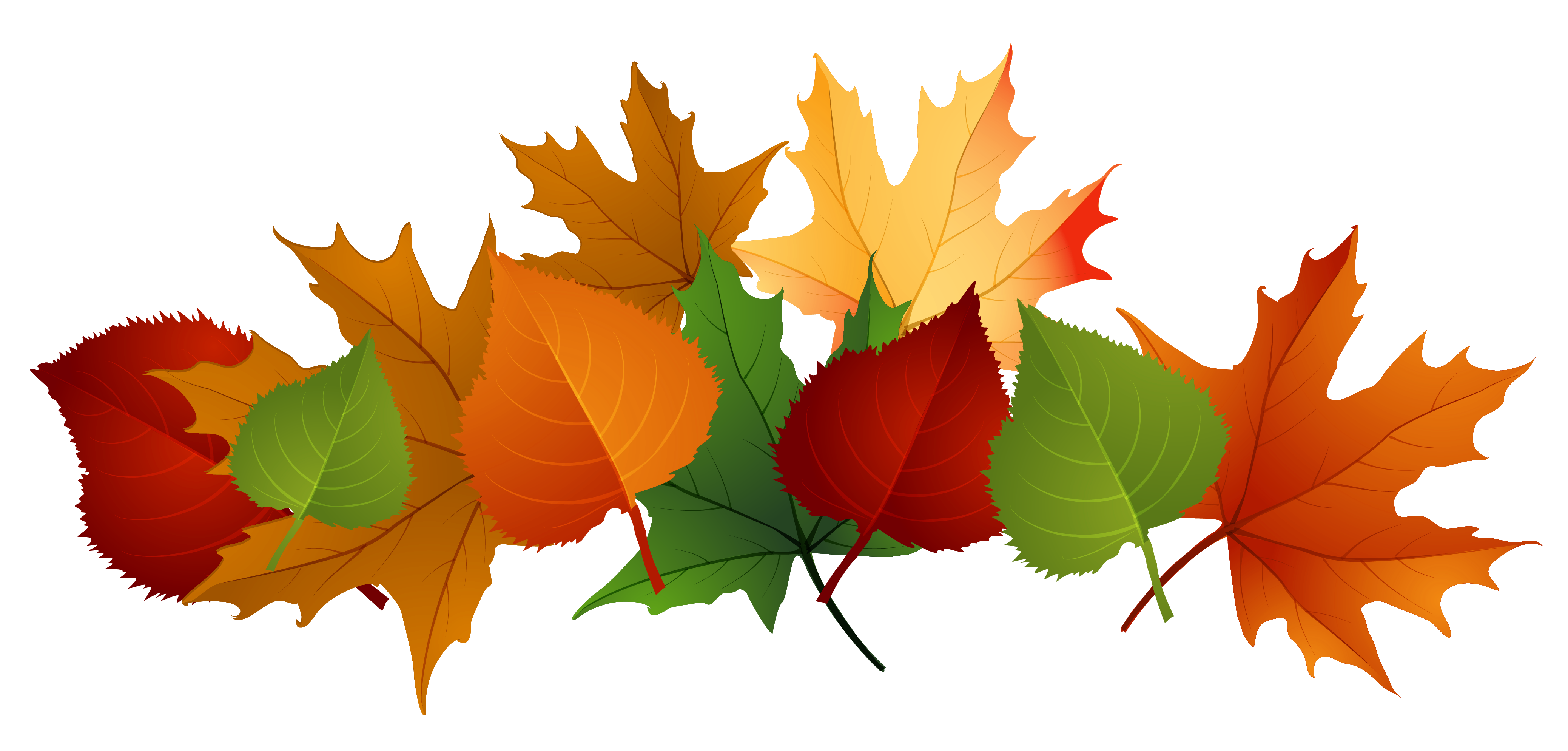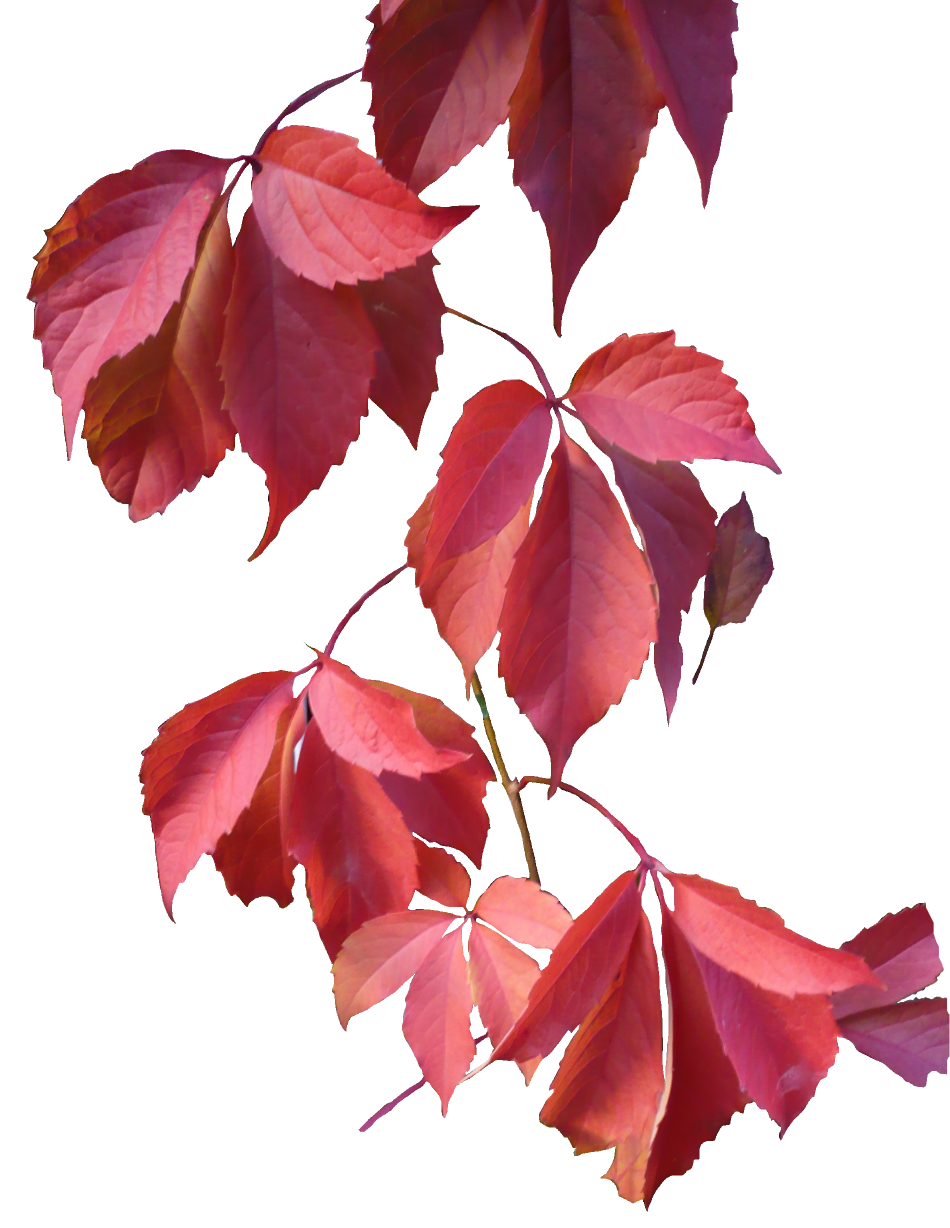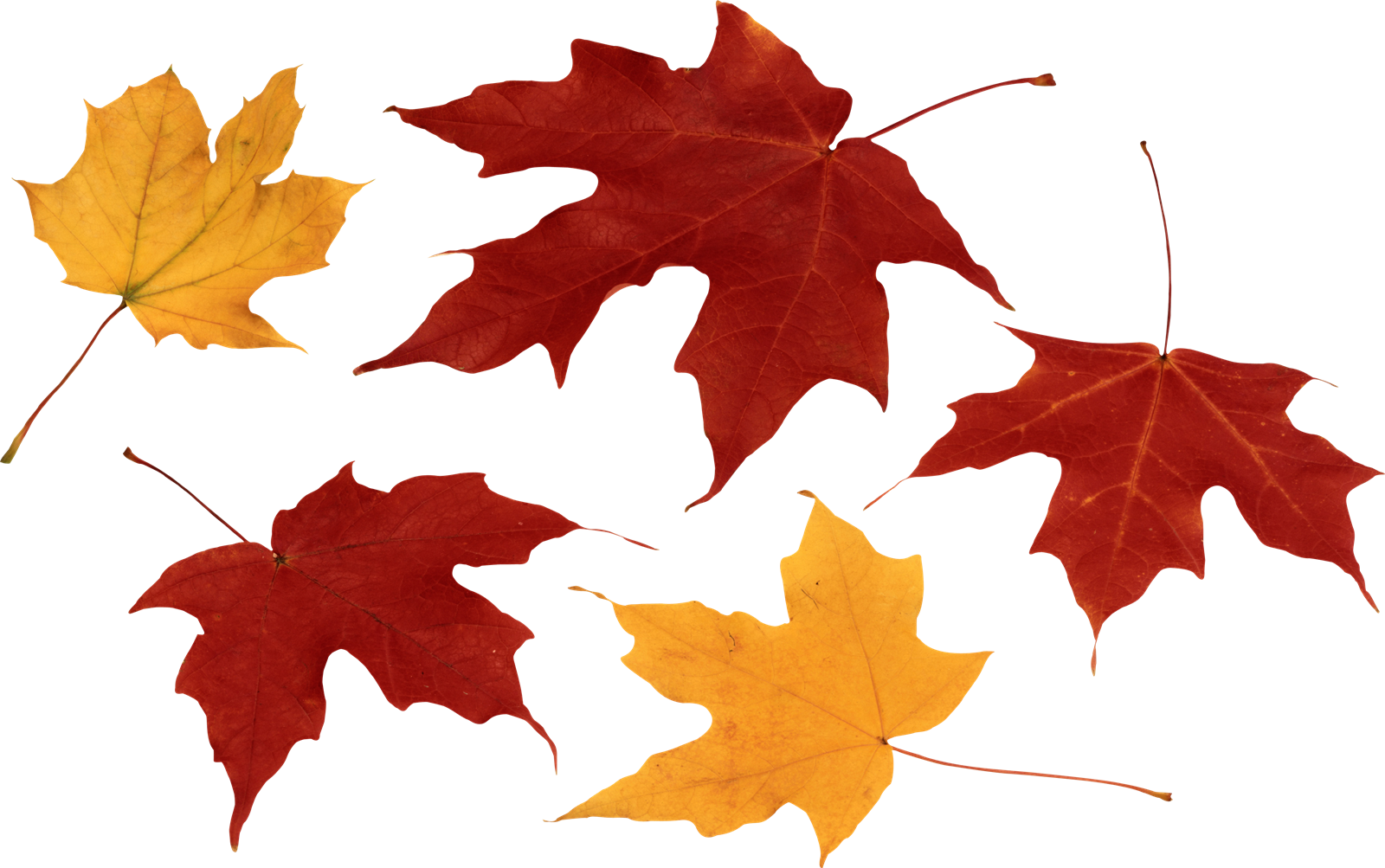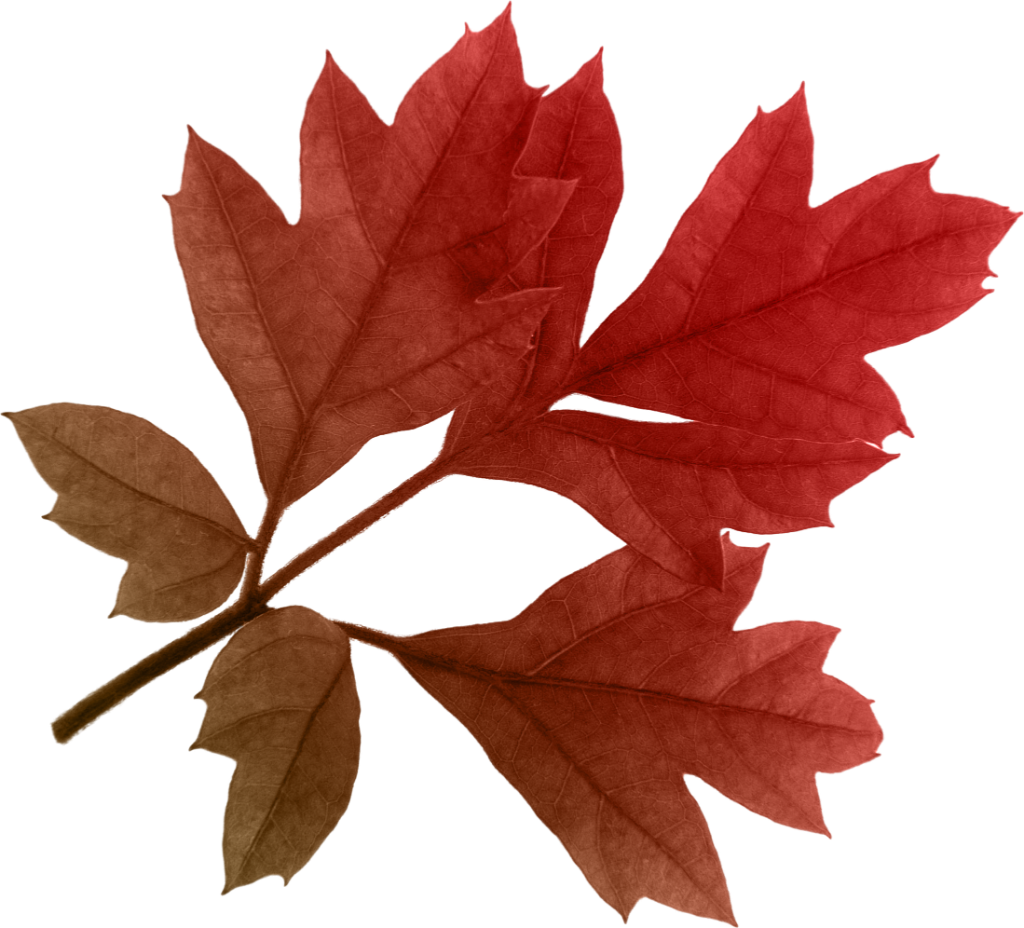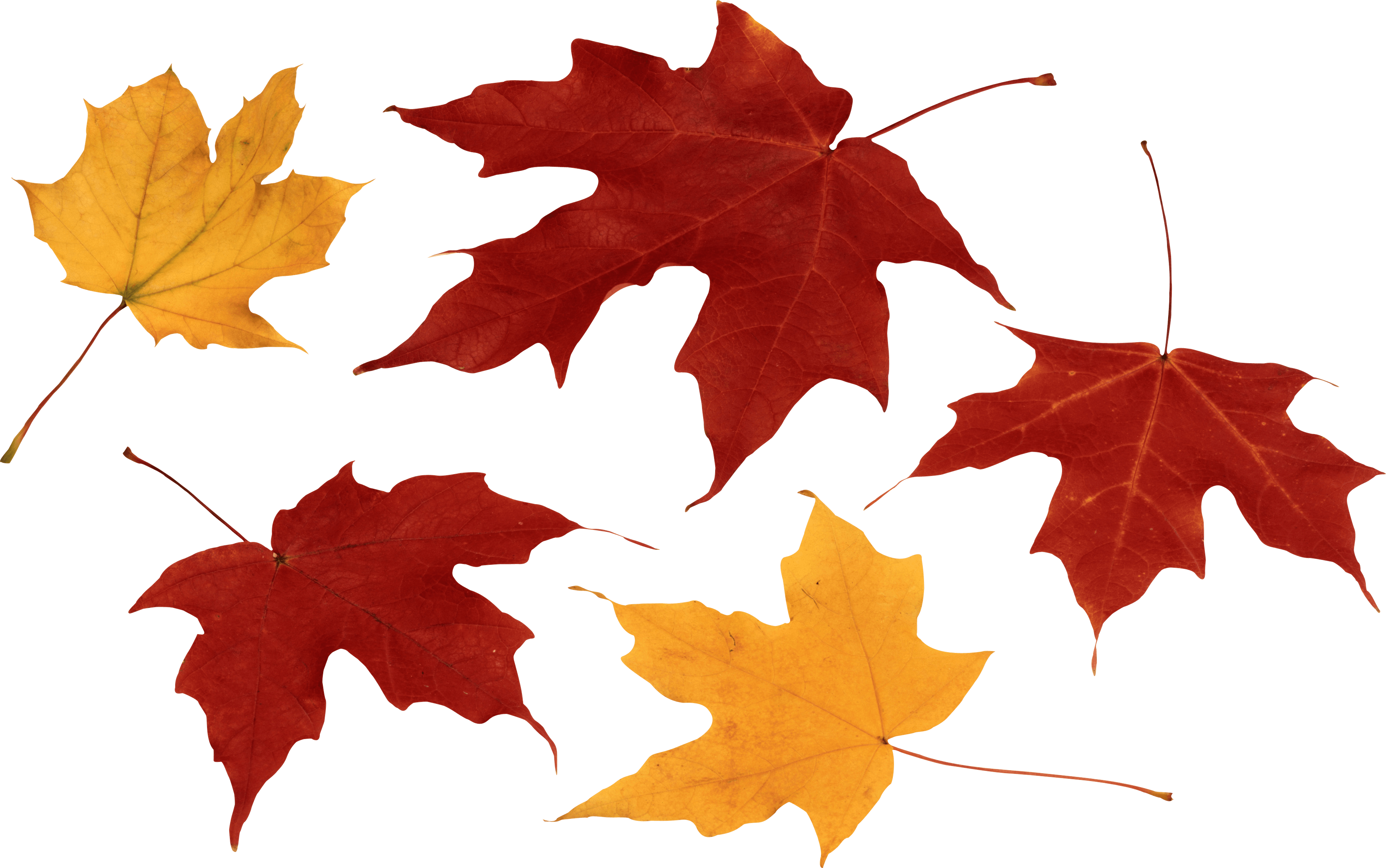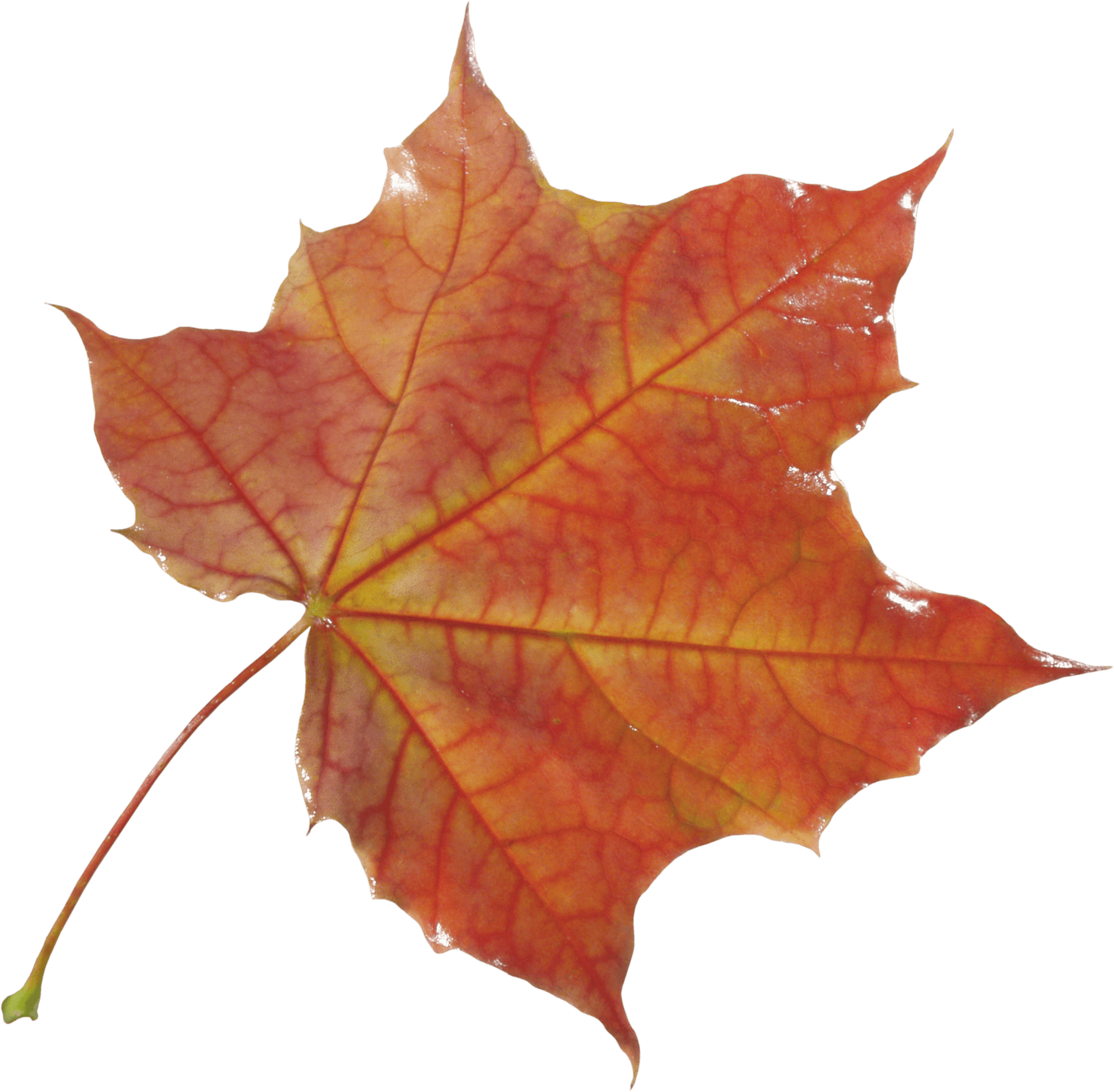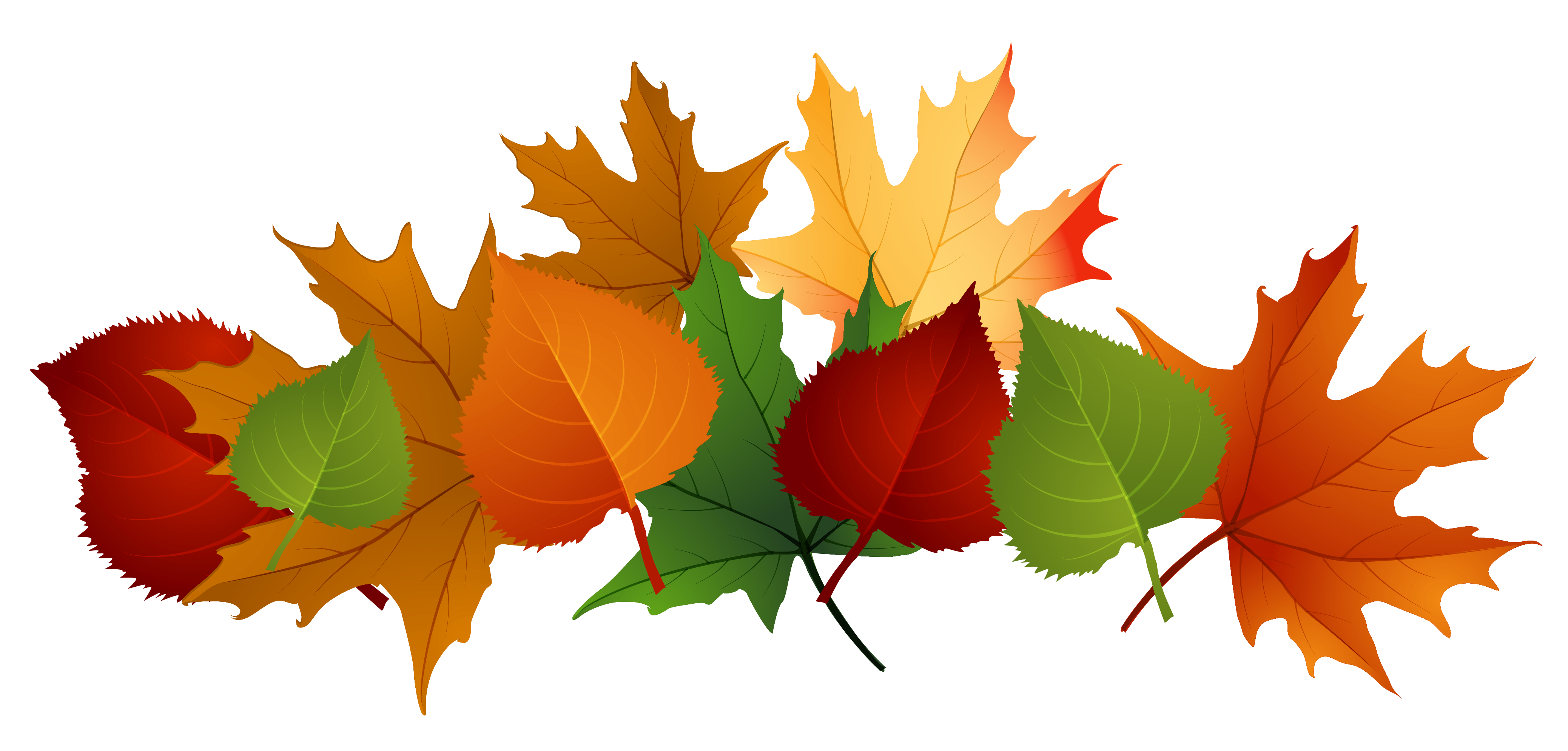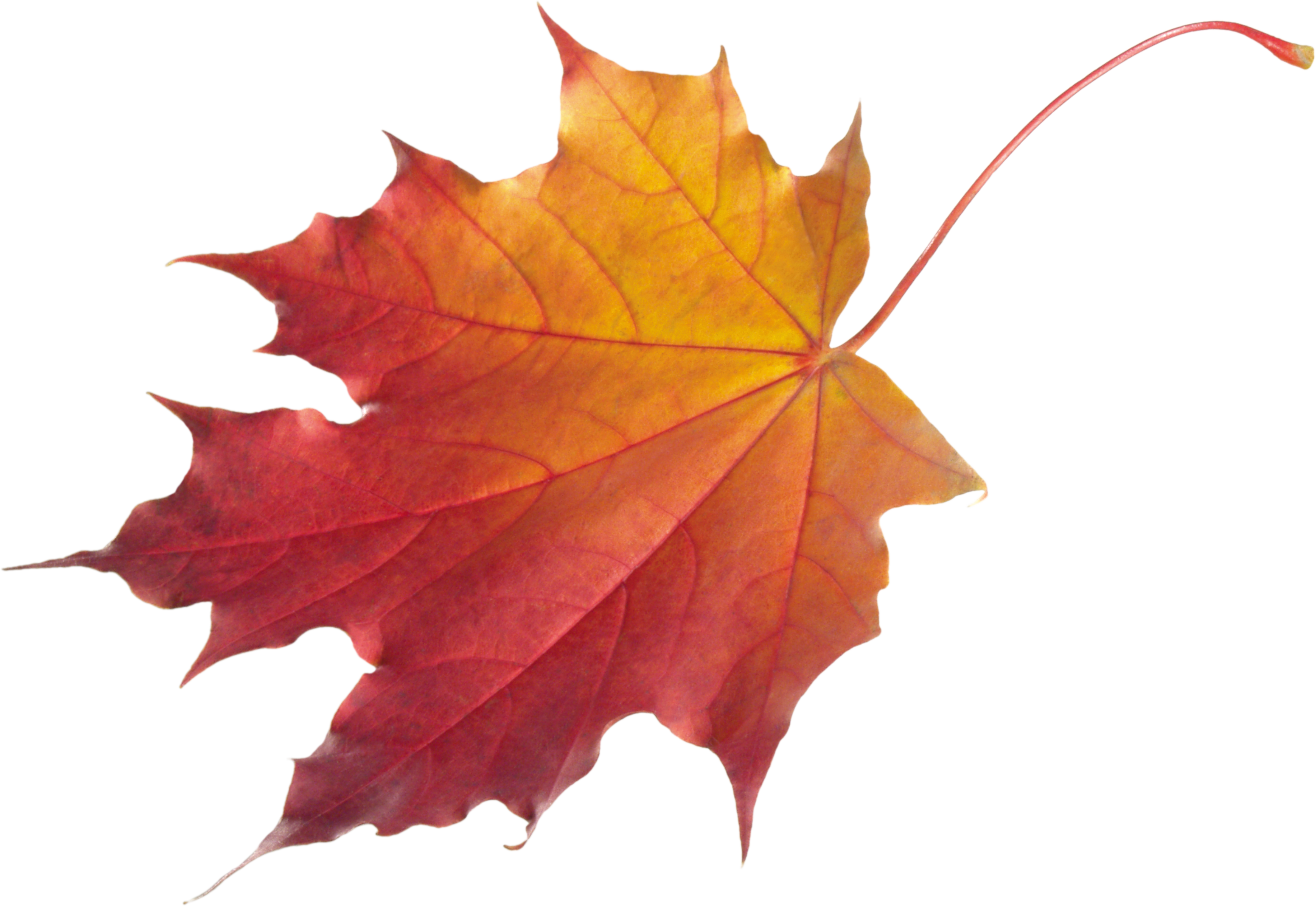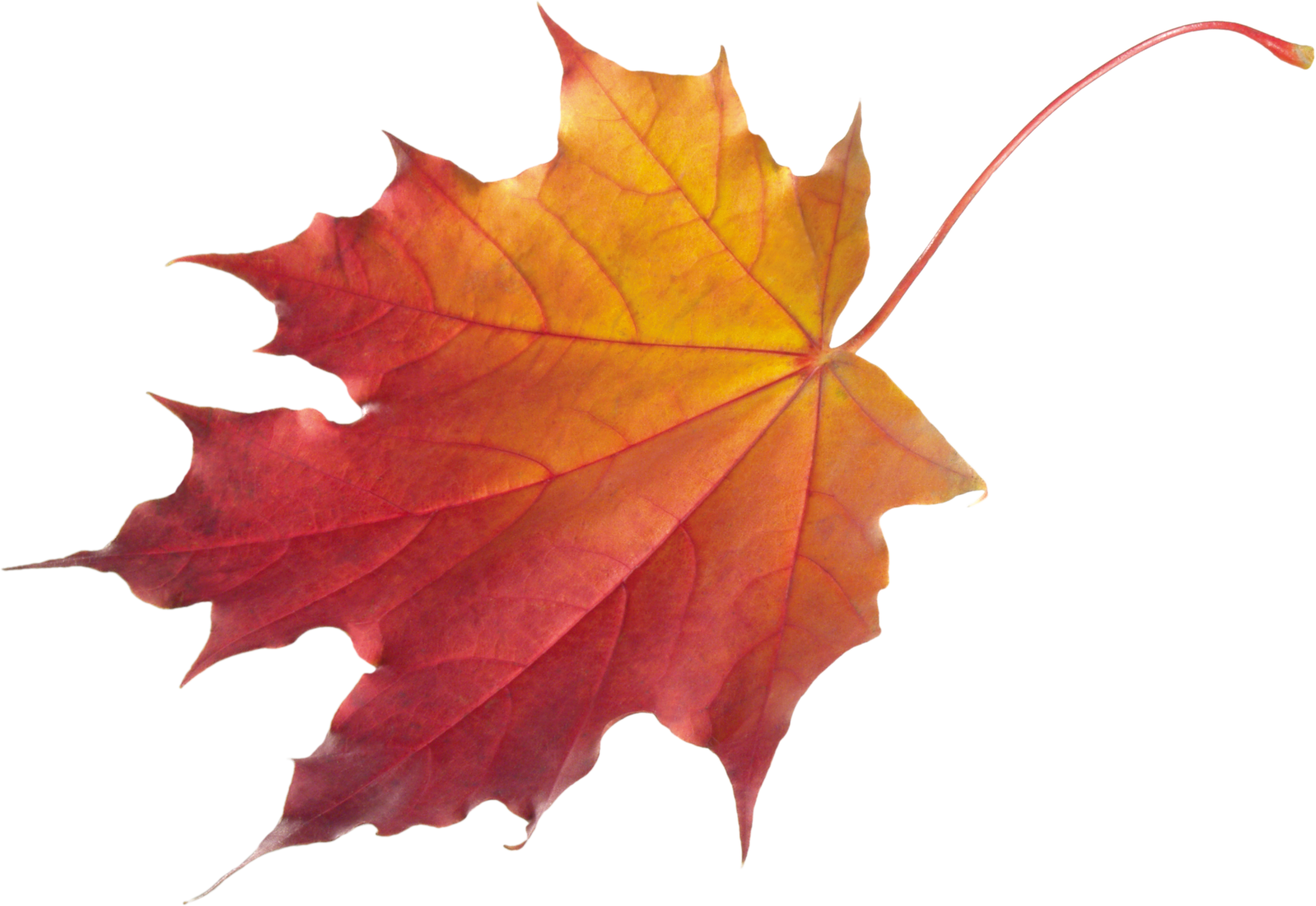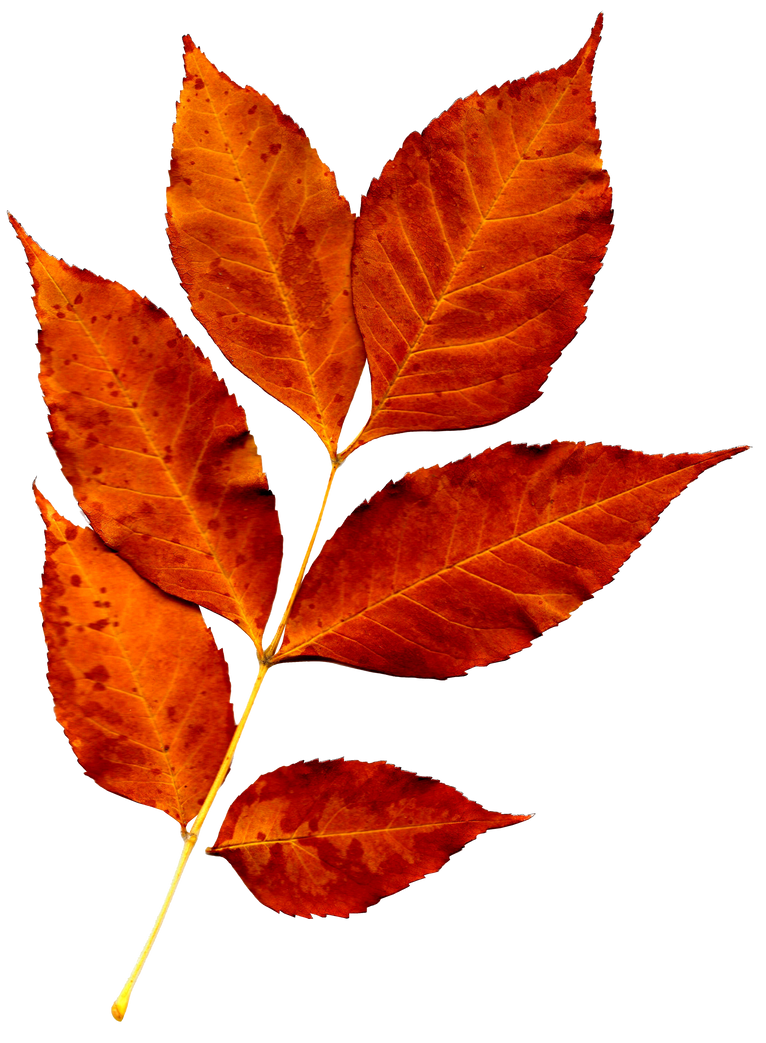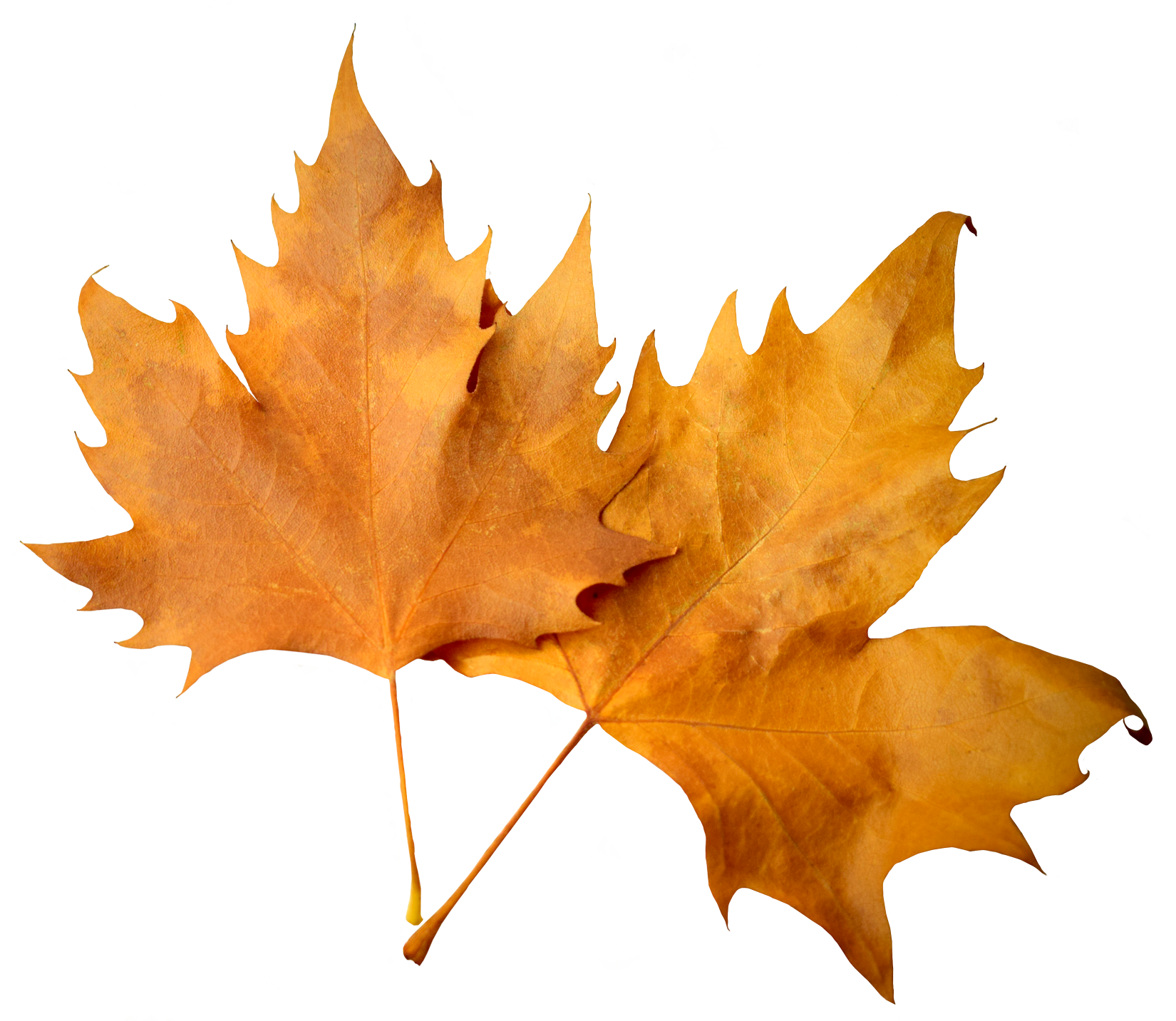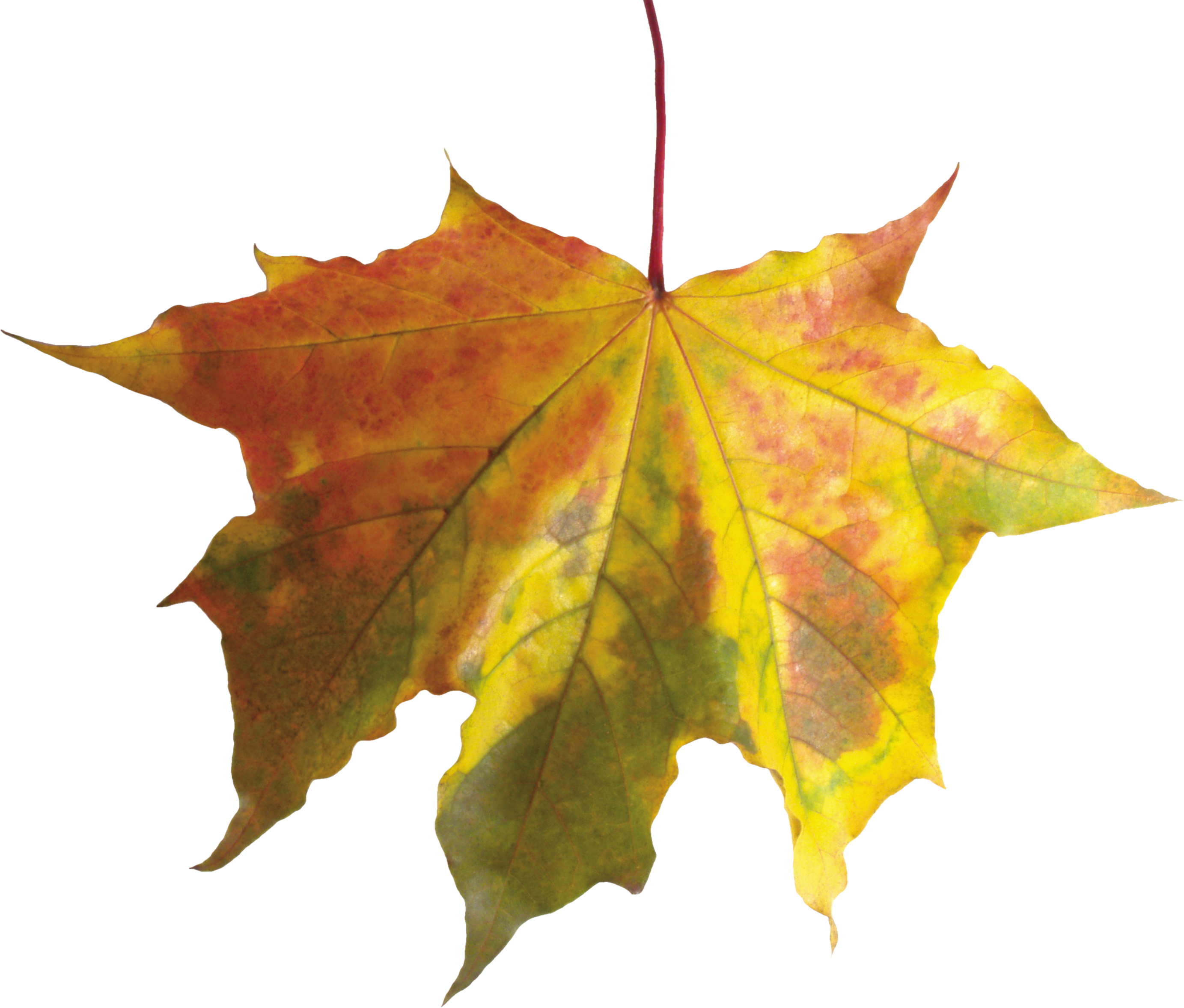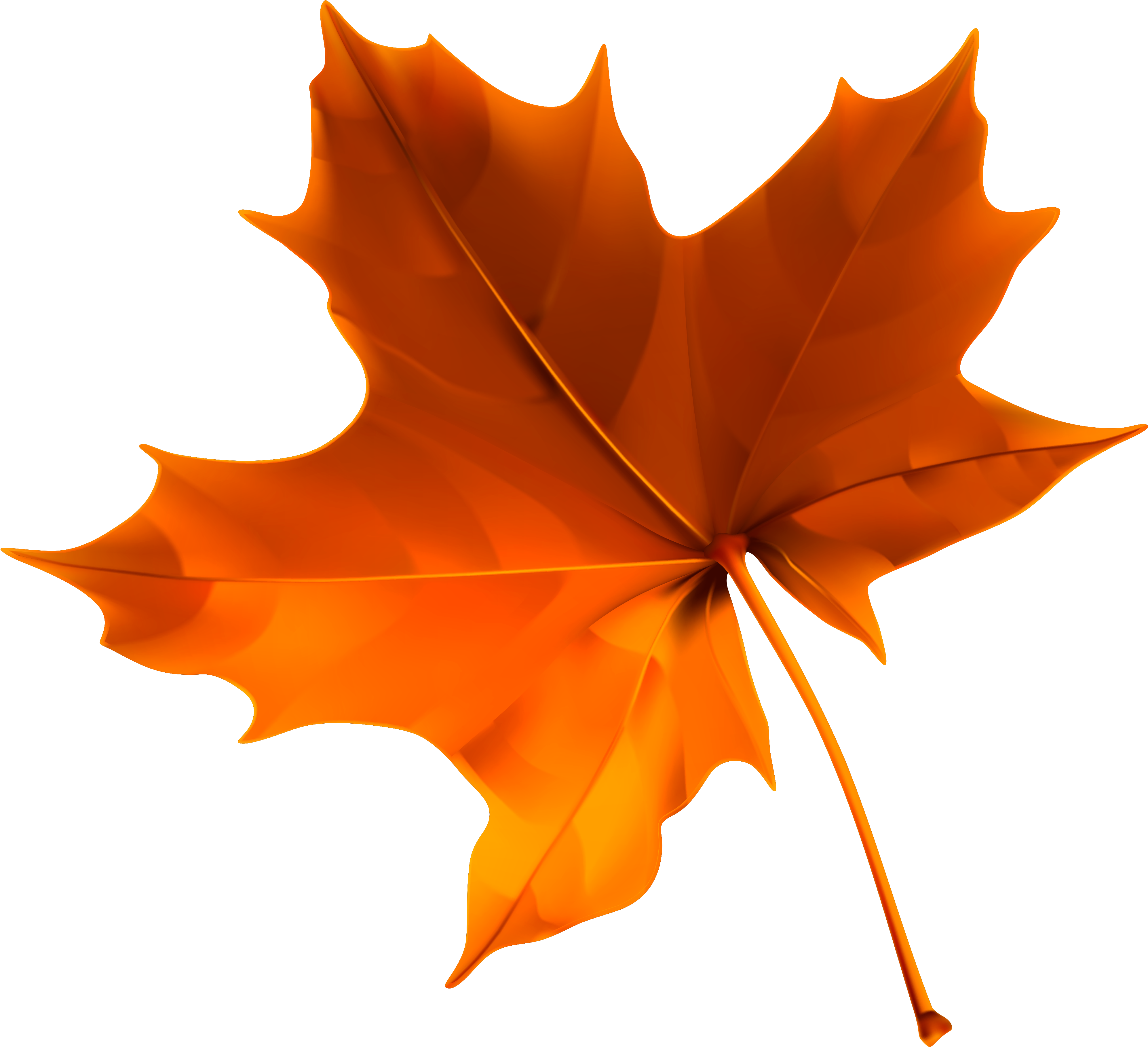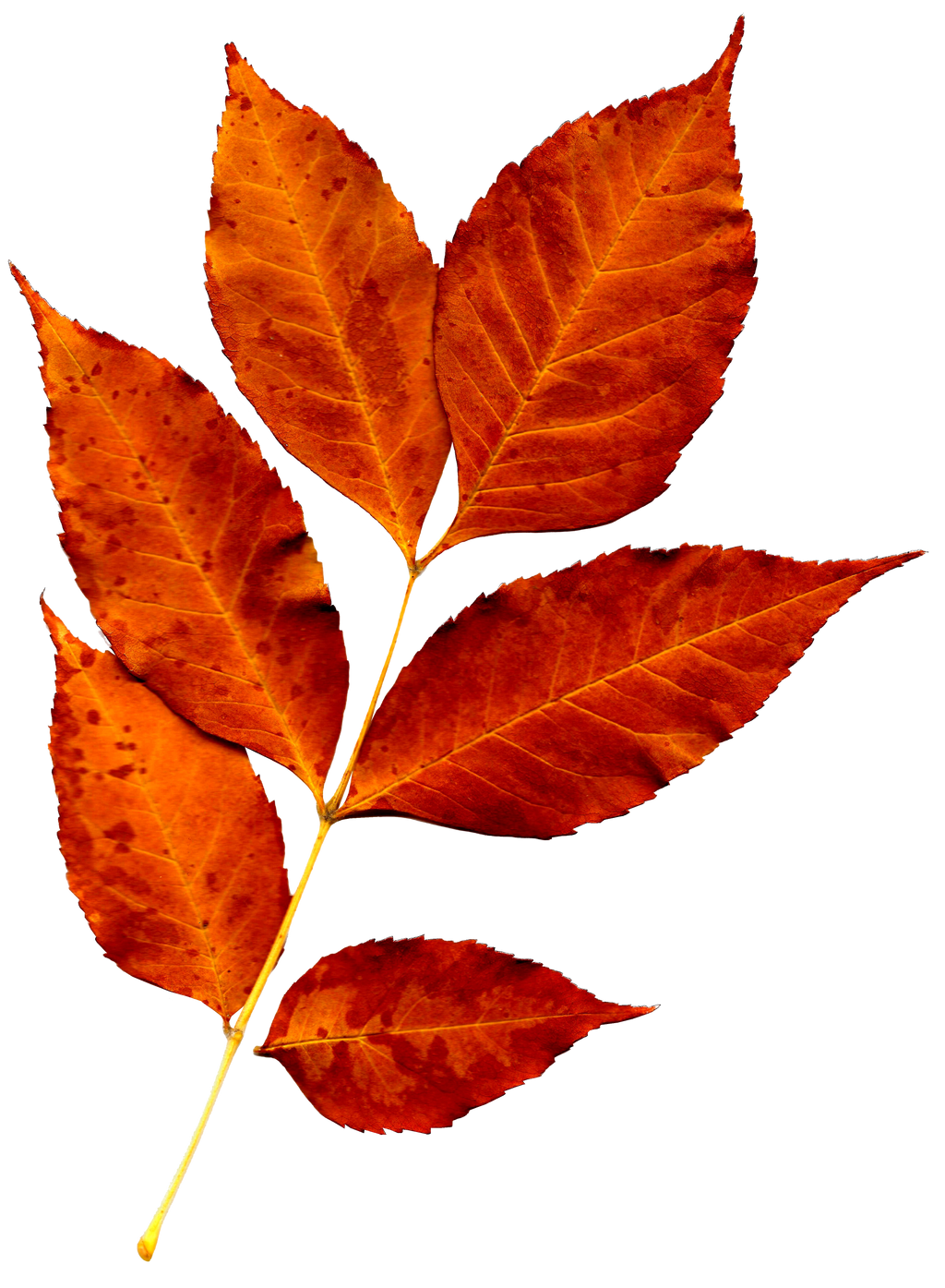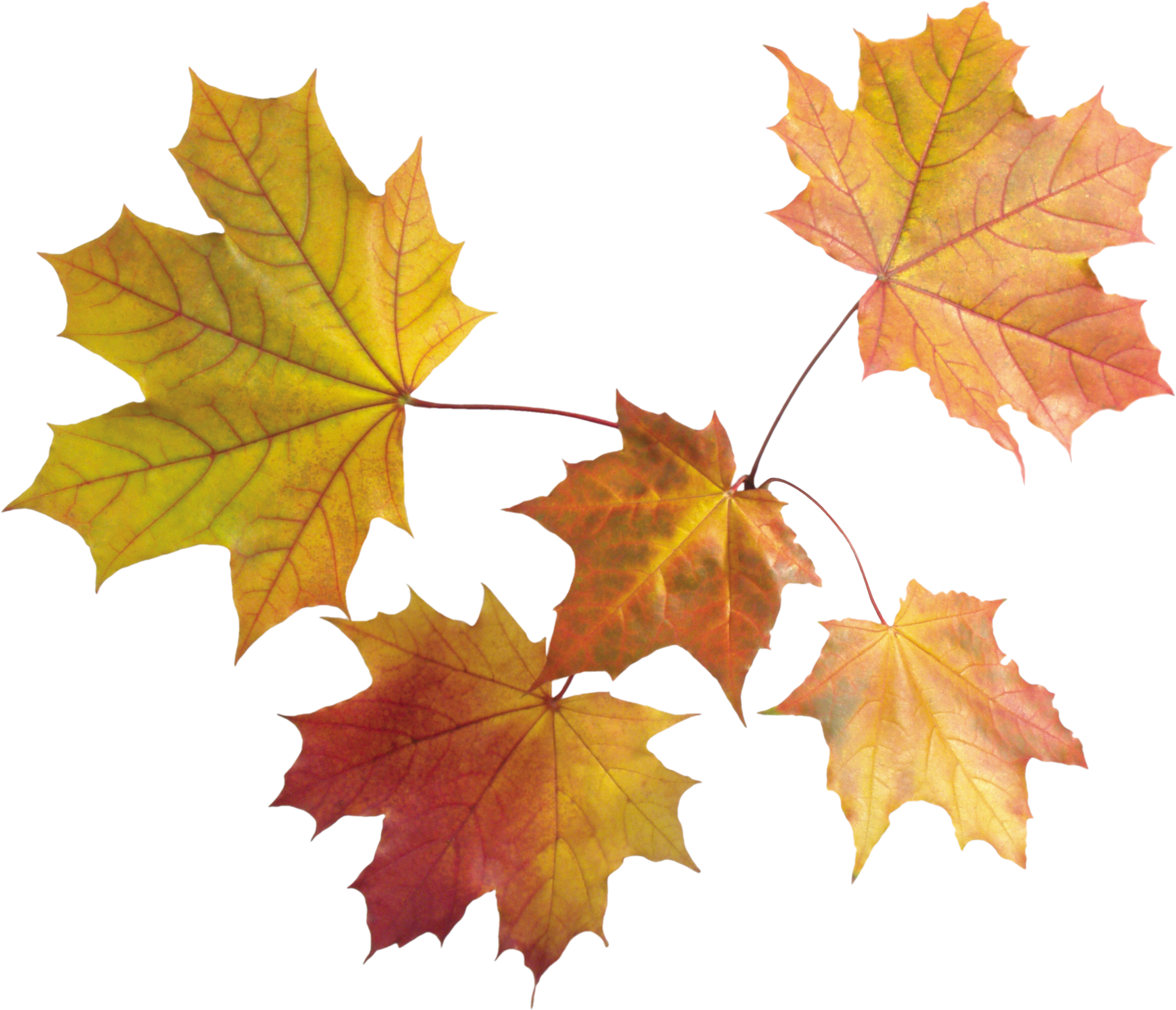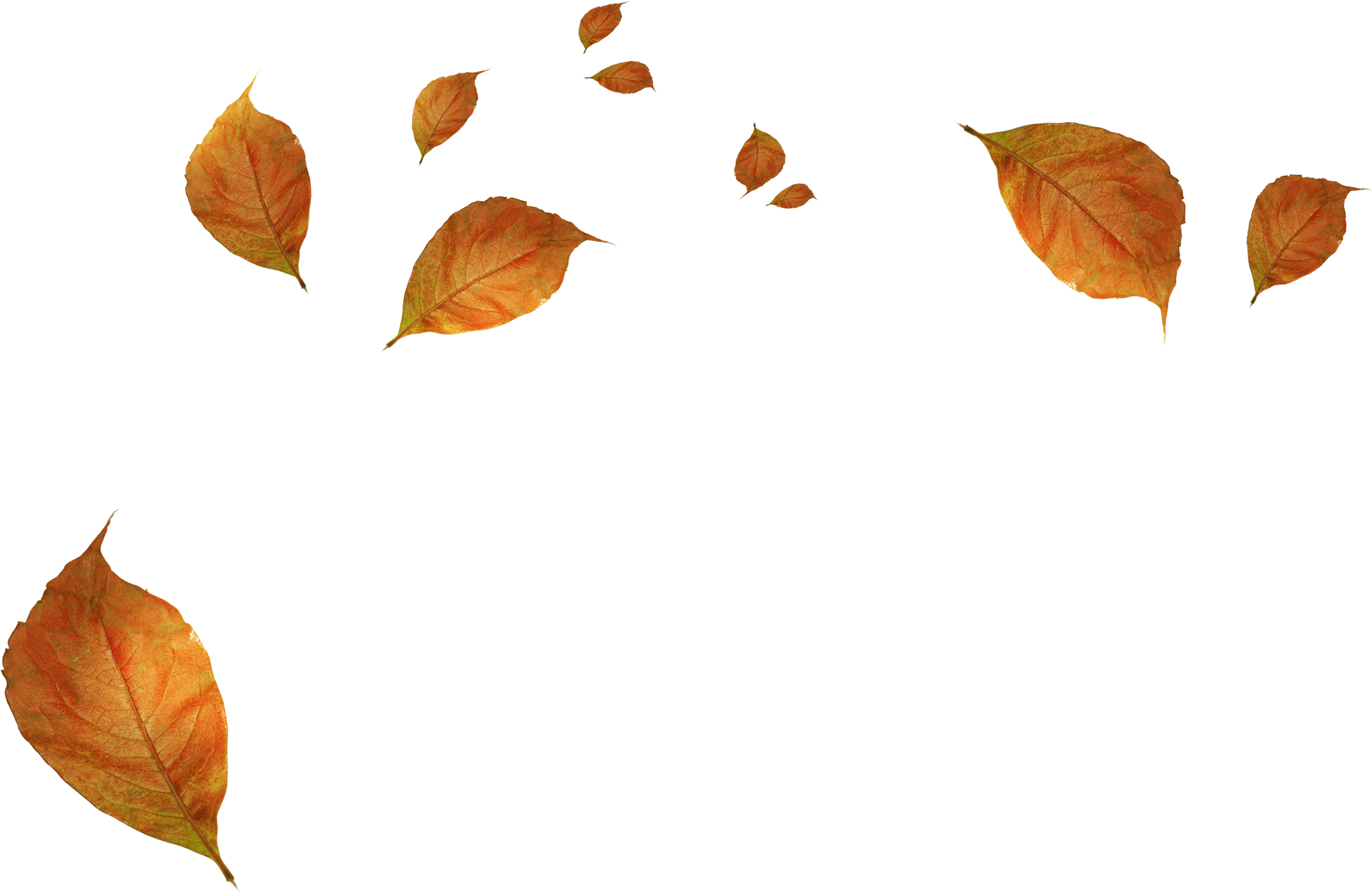Download top and best high-quality free Fall Leaves PNG Transparent Images backgrounds available in various sizes. To view the full PNG size resolution click on any of the below image thumbnail.
License Info: Creative Commons 4.0 BY-NC
Fall is a season of transition, where nature puts on a show for all to see. Trees change from lush green to striking hues of red, orange, and yellow. However, the most iconic symbol of autumn is the falling of leaves. This annual event is a key part of the natural cycle of life, and it’s amazing to witness. In this article, we’ll explore the world of fall leaves, from their colors and anatomy to the science behind why they change and why they ‘fall.’
Colors of Fall Leaves
The stunning colors of fall leaves are what make this time of year so remarkable. You can see shades of green, yellow, orange, red, and brown in the foliage. Each tree and species of tree has a unique color palette. For example, maple trees often have brilliant red leaves while oak leaves turn russet brown. The color of the leaves is defined by a mix of pigments such as chlorophyll (green), carotenoids ( yellow, brown, and orange), and anthocyanins (red, violet, and blue).
The pigments that dominate the color of the leaves depend on the species of the tree, sunlight, climate, and geography. For example, chlorophyll, which gives leaves their green color, is the most dominant pigment in the summer months when there is plenty of light. But, as the days grow shorter and temperatures drop, the trees stop producing chlorophyll, causing the green color of the leaves to fade.
At this time, the carotenoids and anthocyanins, which are present in the leaves throughout the year, become more apparent. Carotenoids are responsible for the yellow and orange fall colors. These pigments are present in the leaves all year, but they are masked by the abundance of chlorophyll in the summer.
Anthocyanins are the pigments responsible for the striking red hues you see in the fall. They are produced later in the season, and their presence is influenced by factors such as light, temperature, and time. These pigments are also found in other parts of the plant such as flowers and fruits. For example, cranberries and blueberries have a high level of anthocyanin which gives them their distinct color.
Anatomy of Fall Leaves
Leaves are one of the most remarkable and complex organs of a plant. They contain various layers and systems working together to keep the tree alive. Understanding the anatomy of fall leaves gives us a deeper appreciation of this annual event.
At the base of the leaf is a structure called the petiole which attaches the leaf to the tree stem. The blade of the leaf is a flat, thin section with two main surfaces – the upper and lower surfaces. The upper surface typically has a waxy coat which helps to reduce water loss or prevent insect damage while the lower surface has tiny pores known as stomata. These pores allow the exchange of gases—giving the leaf its vital function of photosynthesis.
Within the blade, there are two primary cells that are responsible for the photosynthesis process—the mesophyll cells and the guard cells. The mesophyll cells contain chloroplasts, the organelle that produces chlorophyll, making it the primary site of photosynthesis. The guard cells regulate the opening and closing of stomata, allowing substances like carbon dioxide and oxygen to enter and exit the plant.
When the time comes for the leaf to fall, a separation layer forms between the petiole and the stem. Cells in that area break down, causing the leaf to fall away and leave a small wound that the tree can heal later on.
Science Behind Fall Leaves
The changing of the leaves is not only a beautiful phenomenon but it’s also a crucial part of the tree’s survival. In fact, the trees are preparing for the dormant winter months by shedding their leaves.
During the summer, the tree uses the leaves to absorb sunlight and carbon dioxide to create food for itself through photosynthesis. As days shorten in the fall, the tree starts preparing itself for the cold winter months coming ahead. To minimize the energy requirement to maintain and protect the larger leaves, the tree stops sending water and nutrients to its leaves. This triggers the process of abscission, the shedding of the leaves.
The Science Behind the Timing
Have you ever wondered why some trees turn color earlier than others? The timing of the changing of leaves is a precise process that is both controlled by internal and external factors.
The internal factors like photoperiod, temperature, and hormonal controls regulate the plant metabolism and timing of cessation of growth. With the cooler fall temperatures and shorter days, the leaves make less chlorophyll. Simultaneously, the tree starts to produce ethylene, a hormone that promotes the formation of the abscission layer that assists in shedding the leaves.
External factors such as drought, wind storms, and insects also influence the timing of when the leaves change color and fall. For example, a severe storm that occurs too early in the season can cause leaf damage and lead to the earlier onset of abscission.
Fall leaves are an annual event that never ceases to captivate us with their stunning colors and natural beauty. From the striking hues of red, orange, and yellow to the anatomy and science behind this yearly cycle, there is plenty to learn about this beloved autumn event. Regardless of where you live, it’s almost impossible not to be moved by the sight of a tree leaf transitioning from green to gold, painting the landscape with an array of splendid colors. So, put on your cozy sweater, grab your camera, and head out into nature to witness this rare and beautiful spectacle for yourself.
Download Fall Leaves PNG images transparent gallery
- Fall Leaves PNG Picture
Resolution: 3192 × 3512
Size: 6927 KB
Image Format: .png
Download
- Fall Leaves PNG
Resolution: 4153 × 1988
Size: 1033 KB
Image Format: .png
Download
- Fall Leaves Transparent
Resolution: 950 × 1228
Size: 788 KB
Image Format: .png
Download
- Fall Leaves
Resolution: 1600 × 1003
Size: 1386 KB
Image Format: .png
Download
- Fall Leaves Background PNG
Resolution: 1024 × 928
Size: 1028 KB
Image Format: .png
Download
- Fall Leaves No Background
Resolution: 3696 × 2316
Size: 1711 KB
Image Format: .png
Download
- Fall Leaves PNG Background
Resolution: 5839 × 7000
Size: 3725 KB
Image Format: .png
Download
- Fall Leaves PNG Clipart
Resolution: 2443 × 2395
Size: 1295 KB
Image Format: .png
Download
- Fall Leaves PNG Cutout
Resolution: 4153 × 1988
Size: 1188 KB
Image Format: .png
Download
- Fall Leaves PNG File
Resolution: 3101 × 2136
Size: 3820 KB
Image Format: .png
Download
- Fall Leaves PNG Free Image
Resolution: 8000 × 3526
Size: 4331 KB
Image Format: .png
Download
- Fall Leaves PNG HD Image
Resolution: 3101 × 2136
Size: 3820 KB
Image Format: .png
Download
- Fall Leaves PNG Image File
Resolution: 766 × 1043
Size: 937 KB
Image Format: .png
Download
- Fall Leaves PNG Image HD
Resolution: 1650 × 1433
Size: 2068 KB
Image Format: .png
Download
- Fall Leaves PNG Image
Resolution: 2766 × 2356
Size: 5732 KB
Image Format: .png
Download
- Fall Leaves PNG Images HD
Resolution: 3988 × 3636
Size: 2109 KB
Image Format: .png
Download
- Fall Leaves PNG Images
Resolution: 1500 × 975
Size: 811 KB
Image Format: .png
Download
- Fall Leaves PNG Photo
Resolution: 1024 × 1395
Size: 1644 KB
Image Format: .png
Download
- Fall Leaves PNG Photos
Resolution: 2657 × 2281
Size: 4094 KB
Image Format: .png
Download
- Fall Leaves PNG Pic
Resolution: 2342 × 1526
Size: 889 KB
Image Format: .png
Download
